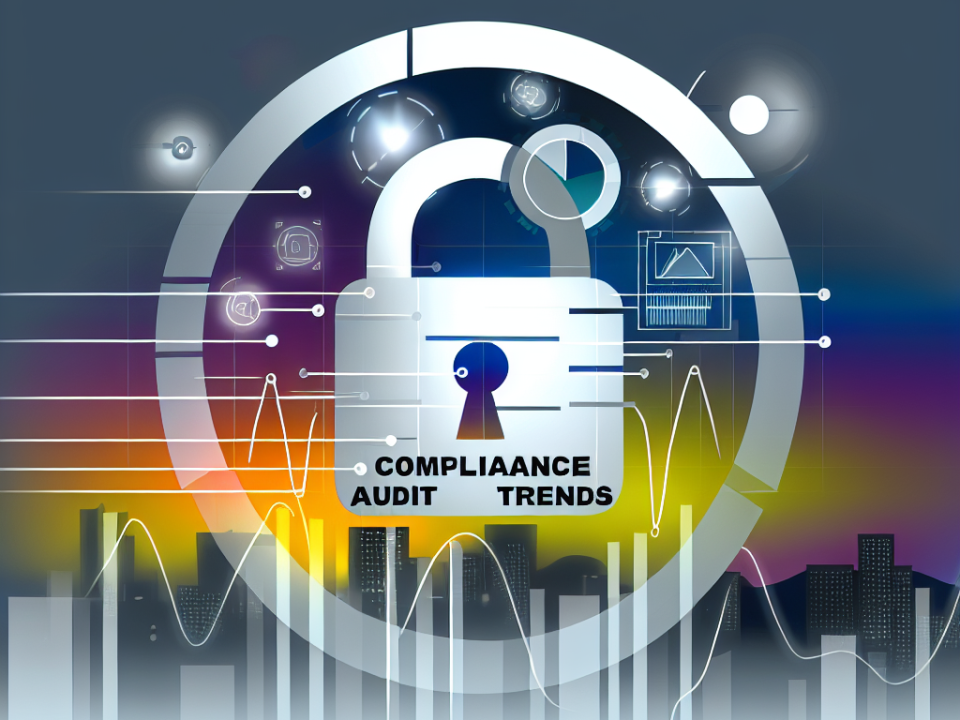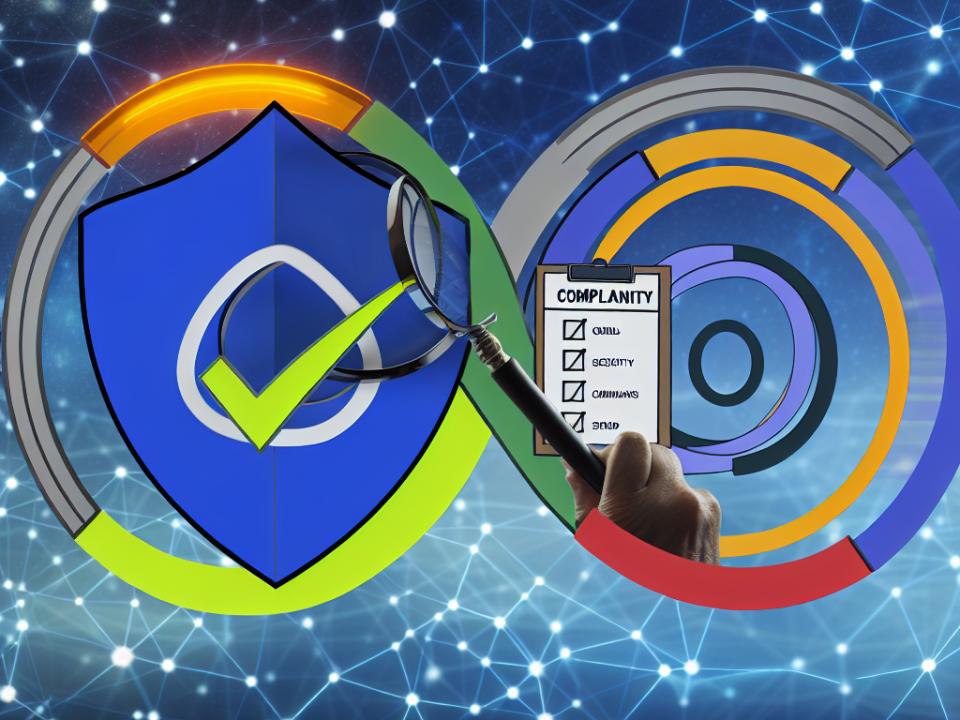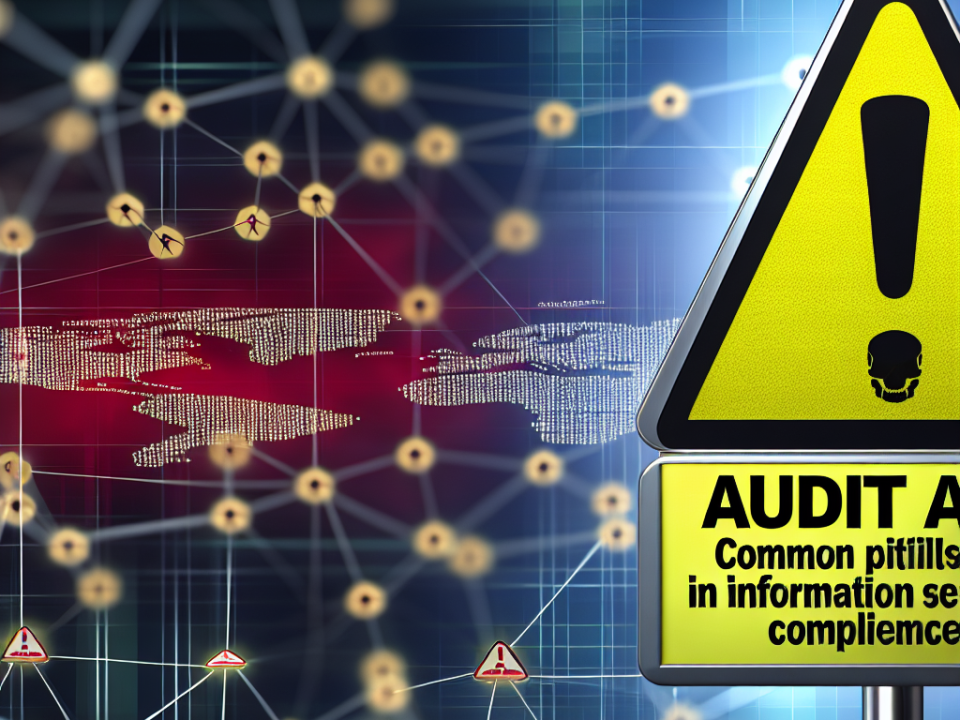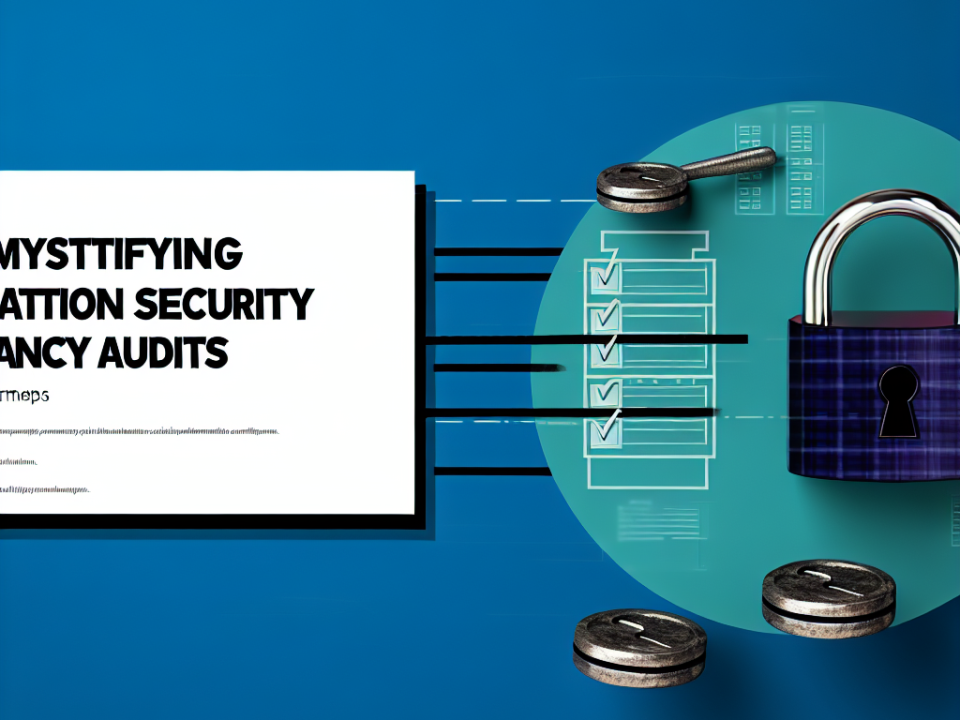
Zero Trust Architecture: The Future of Cybersecurity Strategies
July 27, 2025
From Cybercrime to Cyber Peace: Envisioning a Safer Digital Landscape
July 28, 2025
In an era marked by rapid digital transformation, businesses face an increasing number of cybersecurity threats. As these risks evolve, so does the regulatory environment surrounding them. Understanding the cybersecurity regulatory landscape is not just a compliance obligation; it’s a pivotal aspect of risk management and protecting brand reputation. Here’s a comprehensive overview of what businesses need to know when navigating this complex terrain.
The Importance of Cybersecurity Regulations
Cybersecurity regulations are designed to protect sensitive data and maintain trust between consumers and organizations. They serve several key purposes:
- Risk Mitigation: Regulations help organizations identify vulnerabilities and implement controls to protect against breaches.
- Accountability: By establishing clear standards, regulations hold businesses accountable for their cybersecurity practices.
- Consumer Trust: Adherence to regulations can enhance customer trust, as users are more likely to engage with companies that demonstrate a commitment to safeguarding their information.
Key Cybersecurity Regulations
1. General Data Protection Regulation (GDPR)
The GDPR, enforced since May 2018, set the standard for data protection laws worldwide. It mandates that organizations processing personal data of EU citizens have robust data protection measures in place, including:
- Consent Management: Individuals must provide explicit consent for data processing.
- Right to Access: Customers have the right to access their data and understand how it is used.
- Reporting Breaches: Organizations must report data breaches within 72 hours.
Failing to comply can result in fines up to 4% of annual global revenue or €20 million, whichever is higher.
2. Health Insurance Portability and Accountability Act (HIPAA)
For businesses operating in the healthcare sector in the U.S., HIPAA imposes strict guidelines on the management and protection of patient data. Important aspects include:
- Privacy Rule: Regulates the use and disclosure of Protected Health Information (PHI).
- Security Rule: Requires the implementation of administrative, physical, and technical safeguards to ensure the confidentiality, integrity, and security of electronic PHI.
3. Payment Card Industry Data Security Standard (PCI DSS)
For any organization that handles credit card transactions, PCI DSS is a critical framework that outlines security measures to prevent data breaches. Key requirements include:
- Secure Networks: Installation and maintenance of a firewall configuration to protect cardholder data.
- Encryption: Encryption of transmission of cardholder data across open and public networks.
- Regular Testing: Ongoing monitoring and testing of networks to identify vulnerabilities.
4. Federal Information Security Modernization Act (FISMA)
FISMA requires federal agencies and vendors to secure government information systems. The act mandates a risk-based approach for federal agencies to protect sensitive data and improve resilience against attacks.
Emerging Trends in Cybersecurity Regulation
1. Increased Focus on Supply Chain Security
Recent high-profile breaches have highlighted vulnerabilities within supply chains. As a result, regulators are increasingly focused on ensuring that third-party vendors comply with cybersecurity standards. Businesses must assess the cybersecurity posture of their vendors and implement robust risk management processes.
2. Cybersecurity Maturity Model Certification (CMMC)
The U.S. Department of Defense is moving towards CMMC, a framework intended to enhance cybersecurity among contractors. CMMC establishes a set of cybersecurity practices and processes based on NIST standards, and compliance will be required for companies seeking to work with the DoD.
3. State-Level Regulations
In addition to federal laws, various U.S. states have enacted their own cybersecurity regulations. Notably, California has implemented the California Consumer Privacy Act (CCPA), which provides consumers with rights related to their personal data. Businesses operating across multiple states must be proactive in complying with these diverse regulations.
Best Practices for Compliance
- Conduct Regular Assessments: Organizations should regularly assess their cybersecurity posture and compliance with applicable regulations.
- Create a Cybersecurity Framework: Develop and implement a comprehensive cybersecurity framework that aligns with industry best practices (e.g., NIST, ISO 27001).
- Employee Training: Cybersecurity is as much about people as it is about technology. Regular training and awareness programs are crucial in promoting a security-centric culture.
- Implement Incident Response Plans: Prepare for breaches with a robust incident response plan that includes communication strategies and remediation processes.
- Stay Informed: Cybersecurity regulations are evolving. Businesses should stay updated on changes and emerging compliance requirements through industry associations and legal counsel.
Conclusion
Navigating the cybersecurity regulatory landscape can be daunting, but with a proactive approach, businesses can not only comply with regulations but also enhance their overall cybersecurity posture. By understanding the significance of these regulations and implementing best practices, organizations can protect their assets, build consumer trust, and mitigate potential risks. Embracing compliance as a strategic priority will ultimately lead to sustainable business growth in the digital age.







